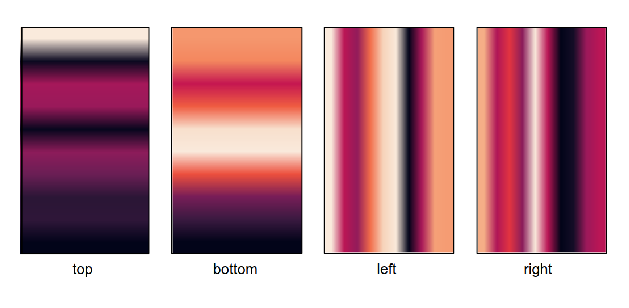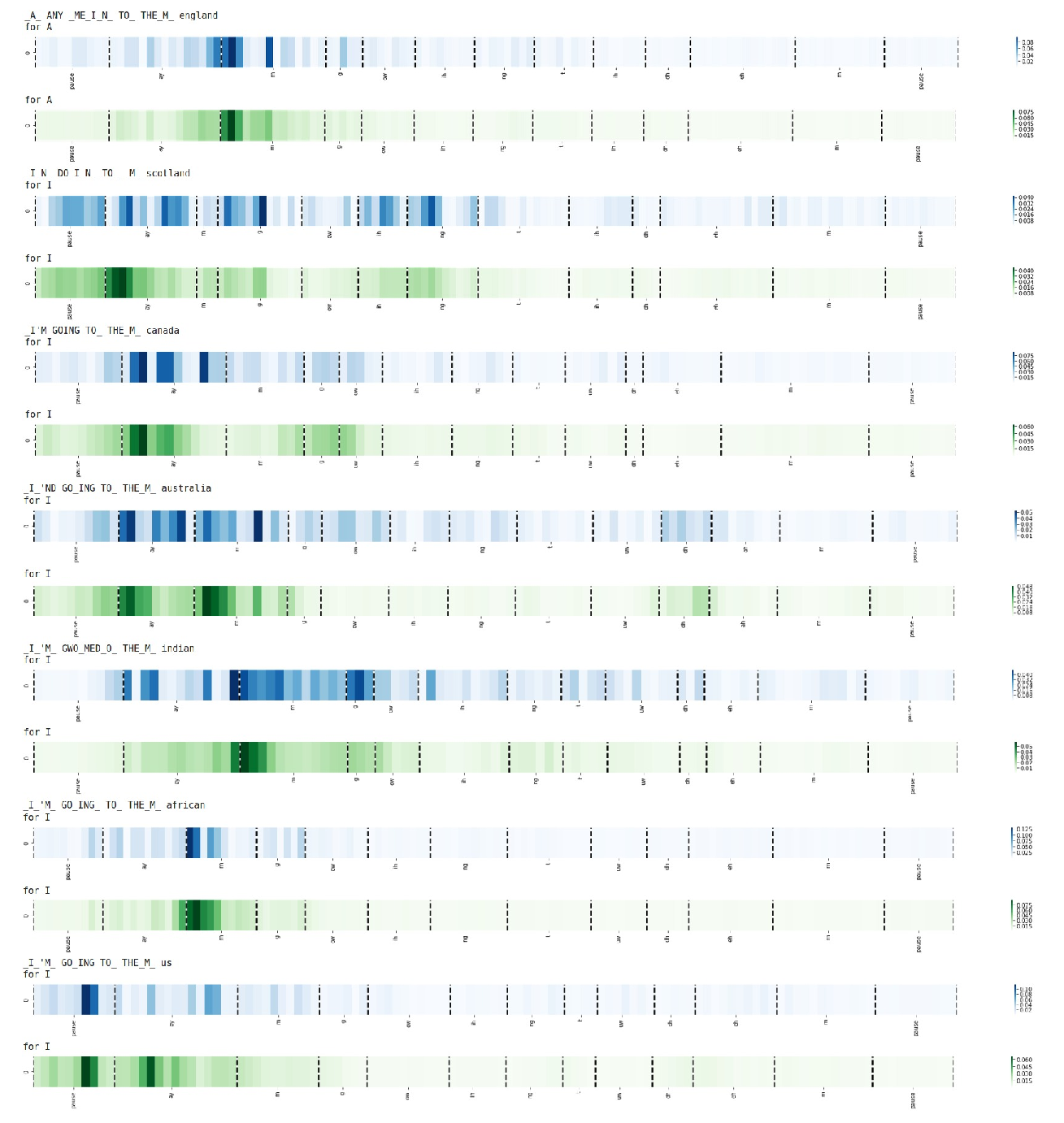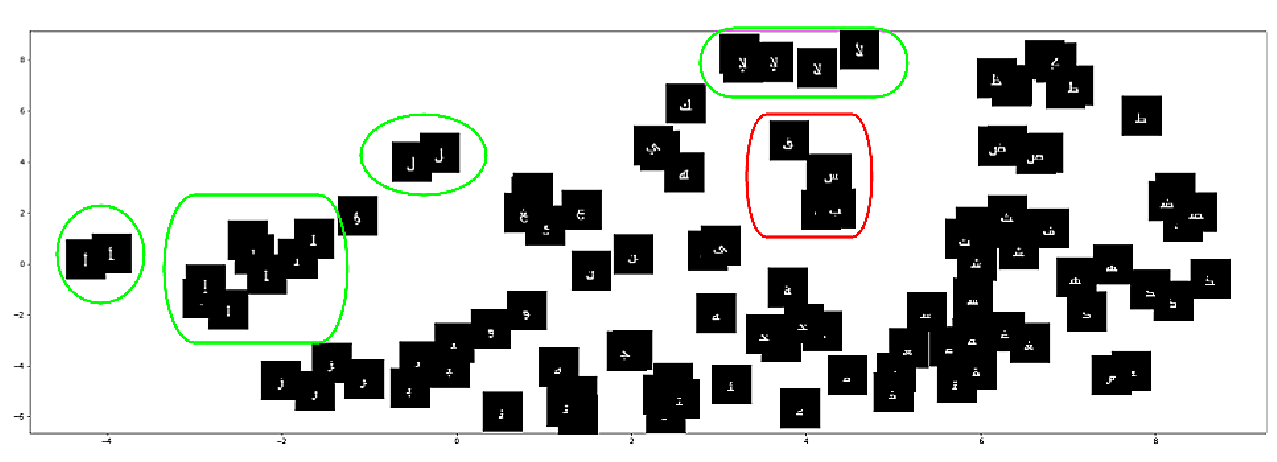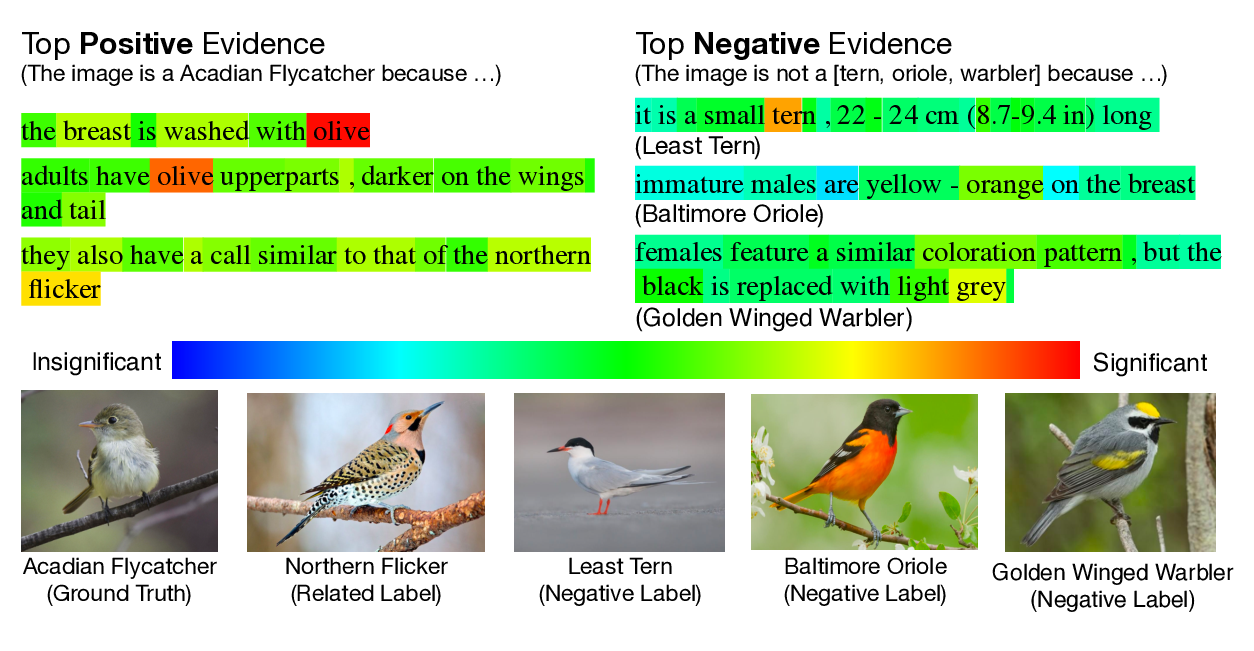Programming in Natural Language with fuSE: Synthesizing Methods from Spoken Utterances Using Deep Natural Language Understanding
Sebastian Weigelt, Vanessa Steurer, Tobias Hey, Walter F. Tichy
NLP Applications Long Paper
Session 7B: Jul 7
(09:00-10:00 GMT)

Session 8B: Jul 7
(13:00-14:00 GMT)

Abstract:
The key to effortless end-user programming is natural language. We examine how to teach intelligent systems new functions, expressed in natural language. As a first step, we collected 3168 samples of teaching efforts in plain English. Then we built fuSE, a novel system that translates English function descriptions into code. Our approach is three-tiered and each task is evaluated separately. We first classify whether an intent to teach new functionality is present in the utterance (accuracy: 97.7% using BERT). Then we analyze the linguistic structure and construct a semantic model (accuracy: 97.6% using a BiLSTM). Finally, we synthesize the signature of the method, map the intermediate steps (instructions in the method body) to API calls and inject control structures (F₁: 67.0% with information retrieval and knowledge-based methods). In an end-to-end evaluation on an unseen dataset fuSE synthesized 84.6% of the method signatures and 79.2% of the API calls correctly.
You can open the
pre-recorded video
in a separate window.
NOTE: The SlidesLive video may display a random order of the authors.
The correct author list is shown at the top of this webpage.
Similar Papers
Mapping Natural Language Instructions to Mobile UI Action Sequences
Yang Li, Jiacong He, Xin Zhou, Yuan Zhang, Jason Baldridge,

How Accents Confound: Probing for Accent Information in End-to-End Speech Recognition Systems
Archiki Prasad, Preethi Jyothi,

AraDIC: Arabic Document Classification Using Image-Based Character Embeddings and Class-Balanced Loss
Mahmoud Daif, Shunsuke Kitada, Hitoshi Iyatomi,

Language to Network: Conditional Parameter Adaptation with Natural Language Descriptions
Tian Jin, Zhun Liu, Shengjia Yan, Alexandre Eichenberger, Louis-Philippe Morency,
